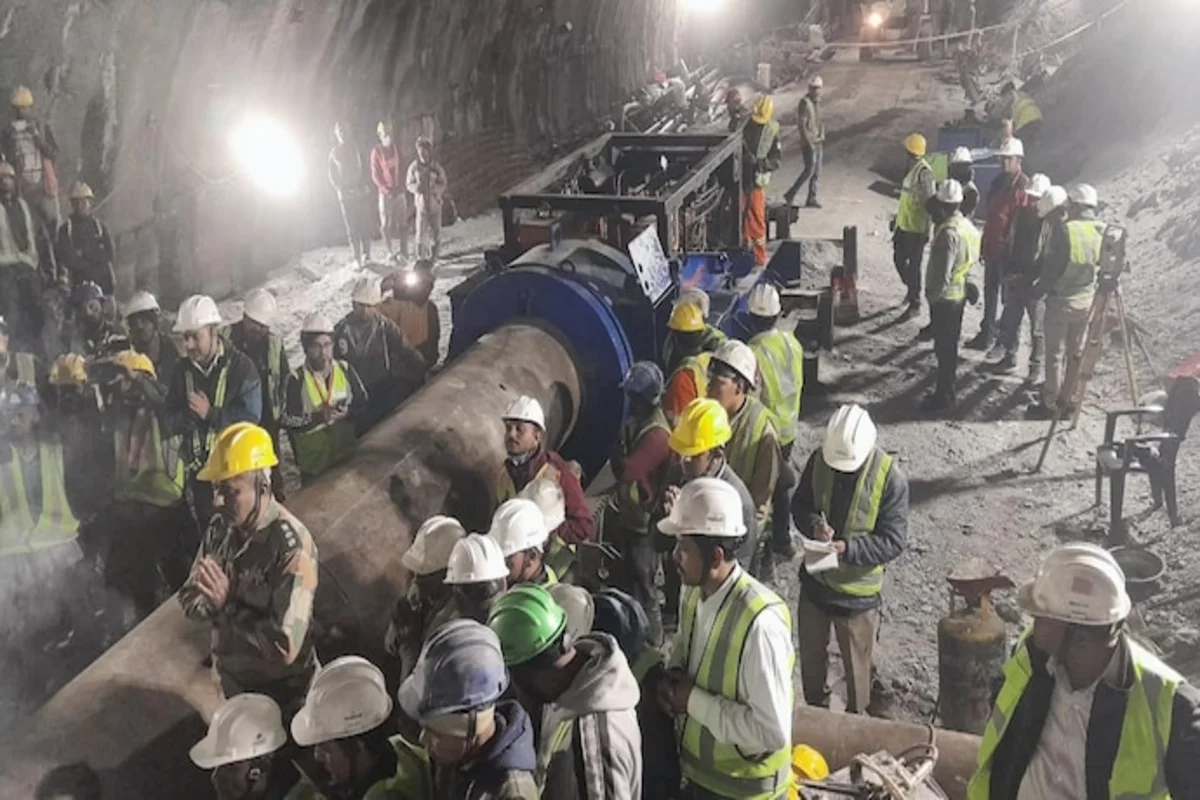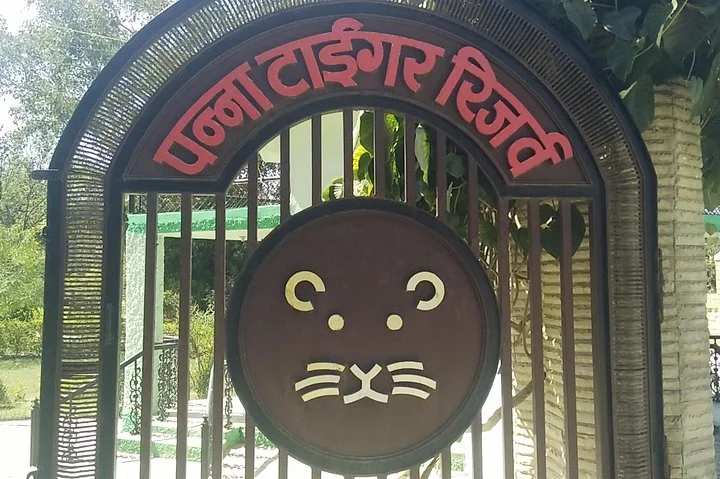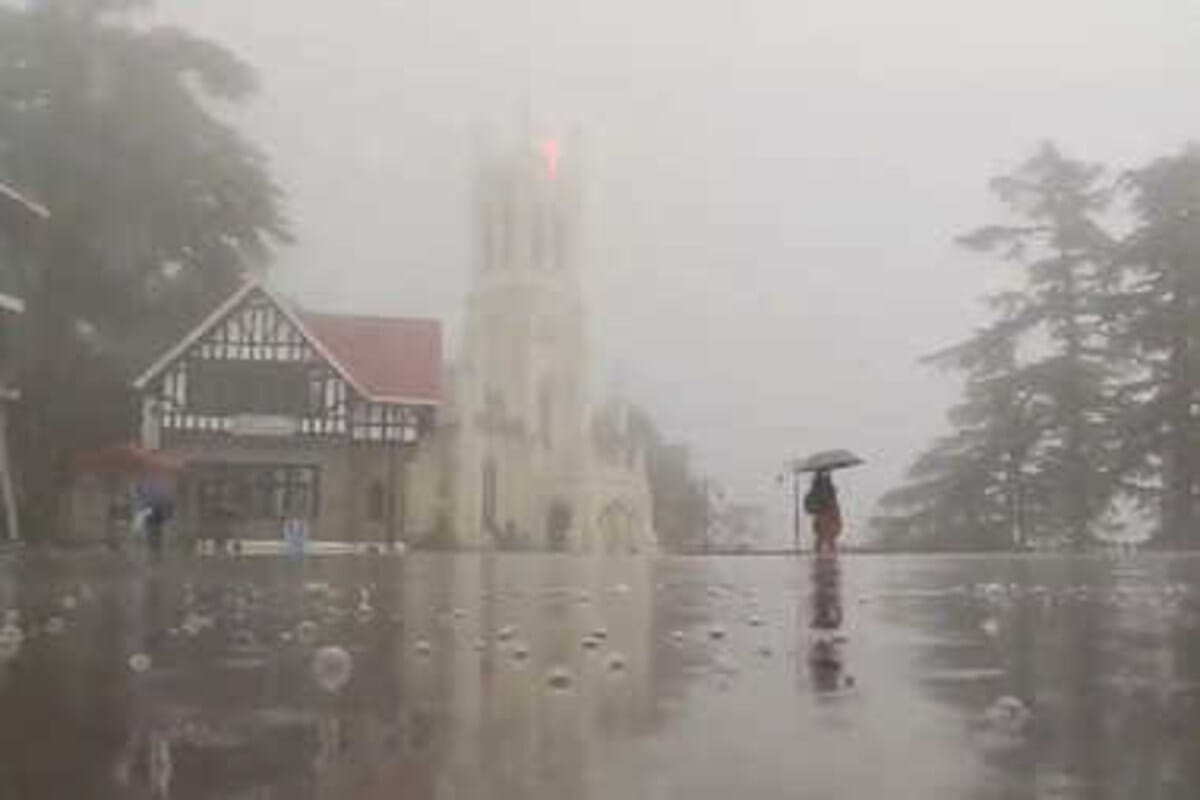In the after effects of the Uttarakhand glacier burst, Uttrakhand DGP Ashok Kumar said, 26 bodies have been recovered till now, on Monday.
As of 8 pm today, 171 people still remain missing out of which around 35 are supposed to be in the tunnel where rescue operations are underway, he added.
It’s been more than 48 hours after a flash flood struck Uttarakhand’s Chamoli district. Rescue operations continued well into the night on Monday as personnel of the ITBP, NDRF and Army worked to locate around 170 people, mostly labourers working at two power projects, who are still reported missing.
A massive operation has been on to rescue some 35 people believed to be trapped inside a tunnel after a glacier burst.
Officials said rescue operations are centred around a 1,900-metre-long tunnel at NTPC’s Tapovan site, where at least 35 people are believed to be trapped. A barrage at the project site had been washed away in the flood that saw water rise up to 70 feet, leading to debris blocking the 20-feet-wide opening of the tunnel.
To take stock of the situation, Uttarakhand Chief Minister Trivendra Singh Rawat Monday visited Chamoli district and said that saving lives was their first priority. Speaking to media persons, Rawat said that they would be successful in clearing the entire debris stretch by today evening.
Yesterday, Rawat announced Rs 4 lakh financial assistance each for the families of those killed in the mishap.
While scientific teams are still to begin their investigation into the cause of Sunday’s flash flood, new evidence suggests that the incident may have been caused by a breach in a temporary pool or lake formed by obstructions due to landslides or snow avalanches — an event described as a Landslide Lake Outburst Flood (LLOF).
Satellite images circulated among scientists tracking the incident show that a large chunk of fresh snow from a mountain near Raini village in Chamoli district had dropped off Sunday, possibly becoming the reason for the flashflood. The resulting avalanche could have released 3-4 million cubic metres of water in the rivers.












